CURRENT STATUS OF CRITICAL CARE
in Two-Tier Cities of India
Intensive Care Unit (ICU)
Intensive Care Medicine or critical care medicine is a branch of medicine concerned with the provision of life support or organ support systems in patients who are critically ill and who usually require monitoring in Intensive Care unit (ICU).
In last two decades there has been a steep growth in intensive care medicine practices in India. This field of medicine needs lot of dedication, sincerity and vast knowledge of subject. First few ripples in this field were created by doctors returning to India after training abroad in UK, USA and Australia.
To begin with
Metro Cities
Metro cities were considered to be the Hub of intensive care medicine. Now with the development of multiple training programs by various educational societies like Diplomate of National Board of Examination and Indian Society Critical Care Medicine, trained ICU doctors are approaching two tier cities. The newer generations of Intensive care physicians, popularly known as ‘intensivists’ undergo training to cater to multispecialty patients.
After ICU training from Metro cities, intensivists are coming back to two tier cities to practice intensive care medicine. With time two tier cities are emerging very fast in this field. Renowned hospitals are approaching these cities with good ICU facilities. Now intensive care medicine related conferences, CME’S and the courses like post MBBS Certificate course, IDCCM, IFCCM and FNB programs are also in full swing in these cities. As a result, new doctors are pursuing their careers in this field.
The current ICU practice in these cities is as much diverse as the country itself. We have three kinds of healthcare facilities in two tier cities. Government Hospitals, Private hospitals and nursing homes. As far as, ICU care in two tier cities is concerned, it is more accessible in private hospitals then government hospitals or nursing homes.

Shortage of ICU Beds
In two tier cities, the number of ICU beds available is disproportionately low, both in private as well as government hospitals. Obtaining a bed in ICU is quite often difficult for critically ill patients. Owing to shortage of ICU beds, only the most critical of the deserving patients are provided ICU care. There appears a strong need to increase the ICU beds to at least 15 – 20% of total beds in all hospitals.
Nursing staff has an important role to play in critically ill patient management. In two tier cities, the nurses are overstrained with the problem of poor nurse patient ratio. For their training, ISCCM has come forward with courses like IDCCN. Many private hospitals are running these courses to improve nursing education. Hospitals are making mandatory for nurses to learn BLS and ACLS courses, which is helping in improving patient care.
Intensivists are
Joining Private Hospitals
In these cities, most of the intensivists are joining private hospitals. There ICUs are now well equipped and have the expertise to use modern sophisticated technology to the patient’s advantage. The available facilities are multifunction electric ICU beds, advance monitoring system, trained ICU nurses, better infection control practices, bed side imaging including x-ray and ultrasonography, Extra Corporeal Membrane Oxygenation (ECMO), dialysis including Continuous Renal Replacement Therapy (CRRT) and most important 24 by 7 bedside intensivists.
Cost of intensive care in two tier cities is very important issue to discuss. Here is majority of lower and middle class society exists. When it comes to health care needs, the emotions and ethics of the society is often compelling and most are willing to accept the cost even in situations where effectiveness is not clearly established. ICU expenses are burning a big hole in their pocket. Public needs awareness of health insurance because with time ICU is getting more and more expensive.
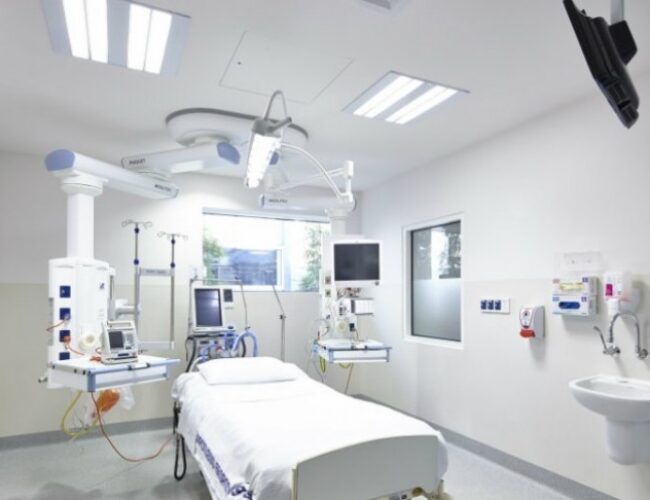
To Summarize
Intensive Care Medicine
Intensive care medicine is gradually strengthening its roots in two tier cities. Public should have full faith on intensivists, because they are the masters of their field. At the time of admission of a critically ill patient in a hospital, the patient should be admitted directly under the care of intensivist only, so that the patient care remain uncompromised.

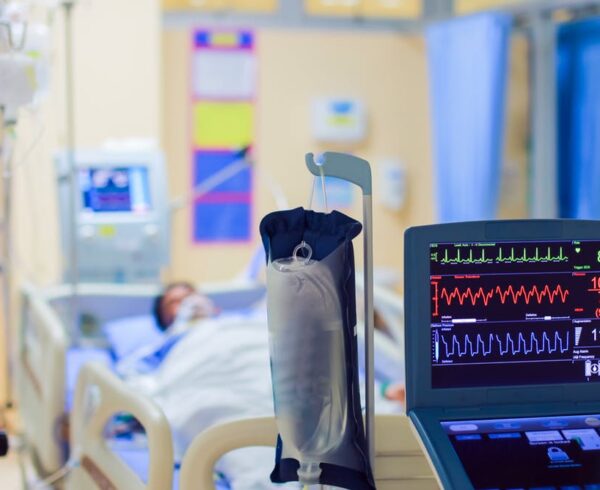
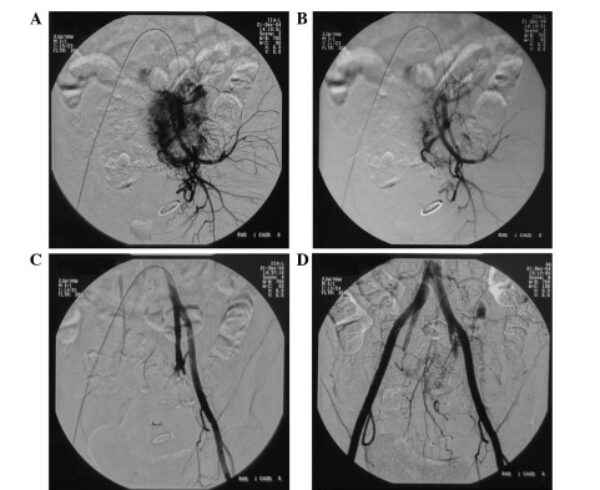
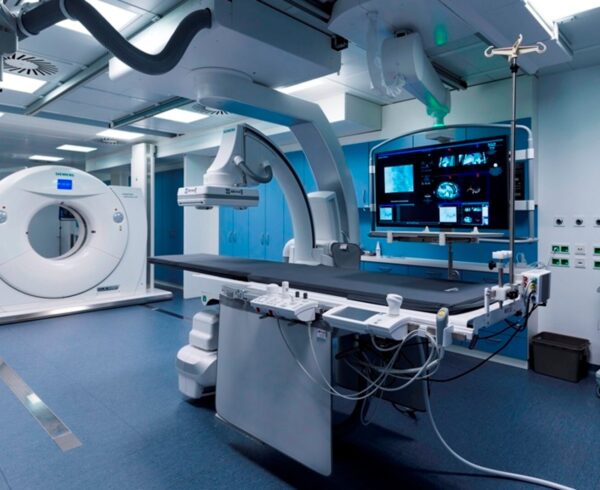
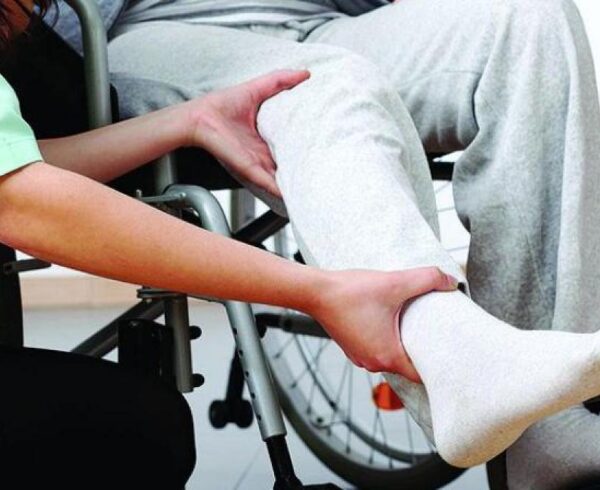
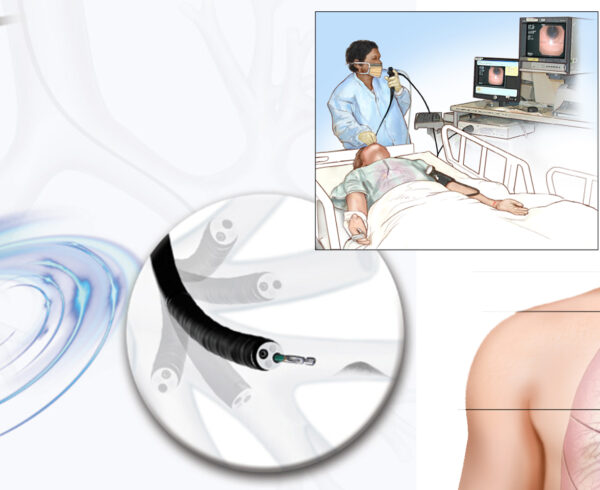
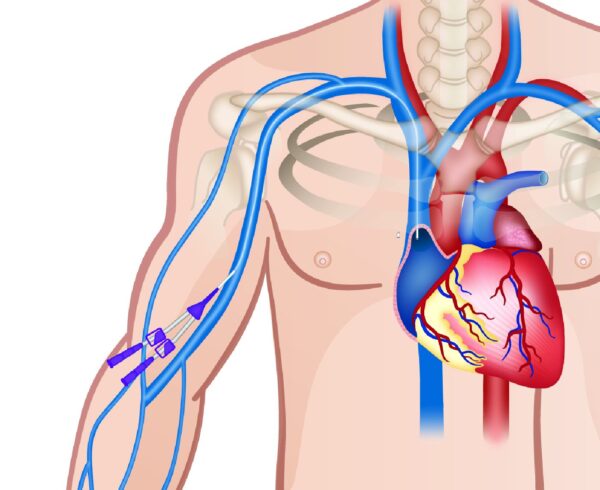
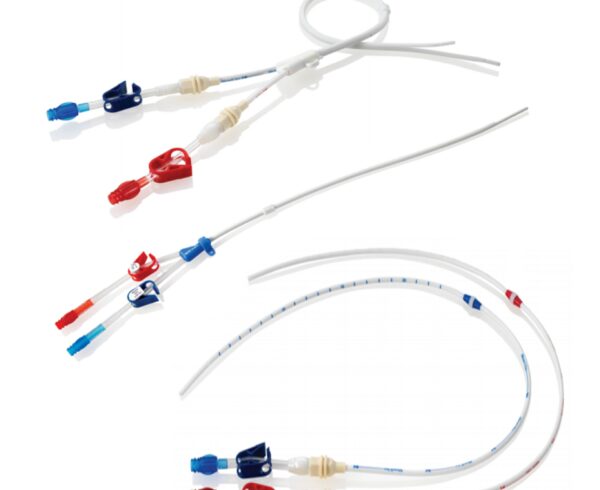
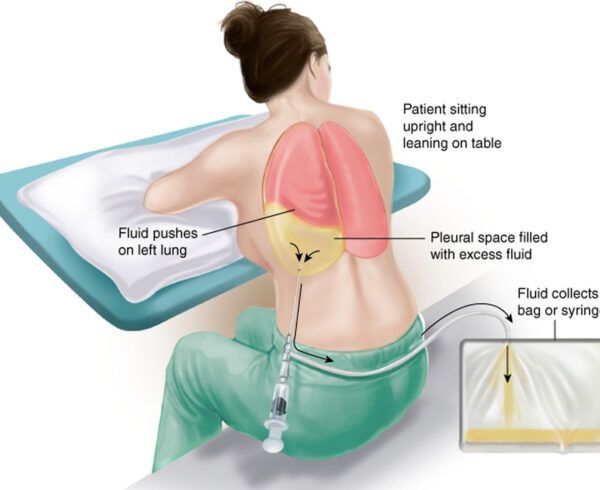

Ask a Question?